Driving the Future
When Machines Become Soulmates
Remember when cars were just… cars?
Those days are vanishing faster than a Tesla on Ludicrous mode. We’re entering an era where your vehicle won’t just be a means of transportation – it will be your confidant, your protector, and possibly your most trusted companion. Sound far-fetched? Buckle up, because what’s coming will make today’s “smart” cars look like horse-drawn carriages.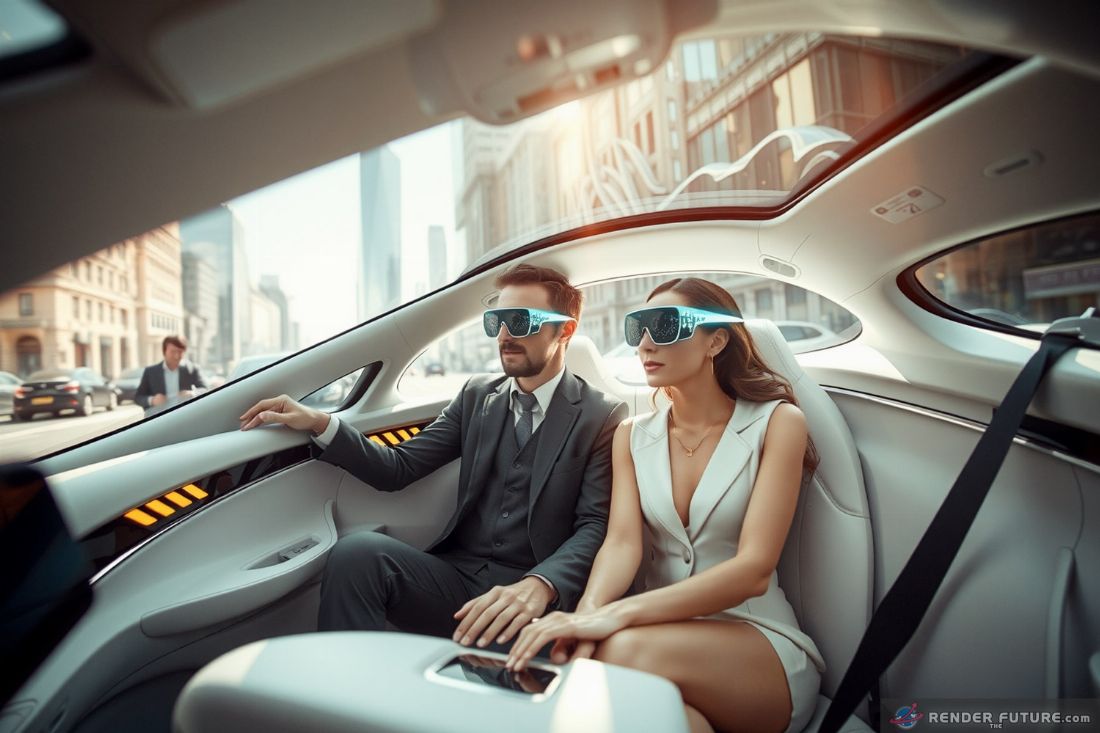 But with such rapid transformation comes big questions:
But with such rapid transformation comes big questions:
✔ Will we still “drive” cars, or will they drive us?
✔ Could flying cars become as common as smartphones?
✔ And what happens when vehicles start making decisions… for us?
Let’s take a deep dive into the mind-bending future of automobiles.
The Death of the Assembly Line (And Why That’s Amazing)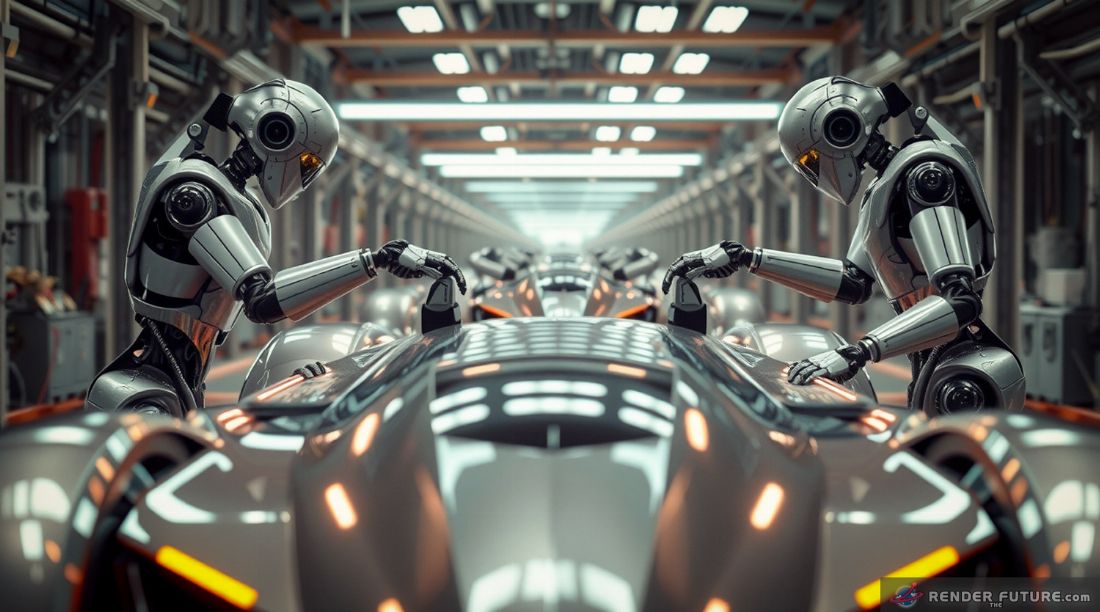 Gone are the days when Henry Ford’s revolutionary assembly line was the pinnacle of automotive innovation. In the shadows of aging factories, a revolution is brewing that would make even the most hardened industrialists weak in the knees.
Gone are the days when Henry Ford’s revolutionary assembly line was the pinnacle of automotive innovation. In the shadows of aging factories, a revolution is brewing that would make even the most hardened industrialists weak in the knees.
Visualize walking into a manufacturing facility where robots dance in perfect harmony, orchestrated by artificial intelligence that makes our current computers look like pocket calculators. But here’s the kicker – these aren’t just robots mindlessly bolting parts together. They’re creating vehicles that are, for all intents and purposes, alive.
From Human Hands to Machine Minds
Car manufacturing has always been a complex dance of engineering, logistics, and human labor. But computational intelligence is turning this process into something almost… organically-like intelligent.
- Self-learning assembly lines – Robots that improve their own efficiency in real time.
- Generative design – AI creates ultra-light, ultra-strong car frames no human could imagine.
- Zero-waste production – Every scrap of material is recycled or repurposed instantly.
Factories won’t just be automated — they’ll be intelligent, predicting demand and adjusting production before humans even notice a trend.
Cars That Fix Themselves (And Change Shape)
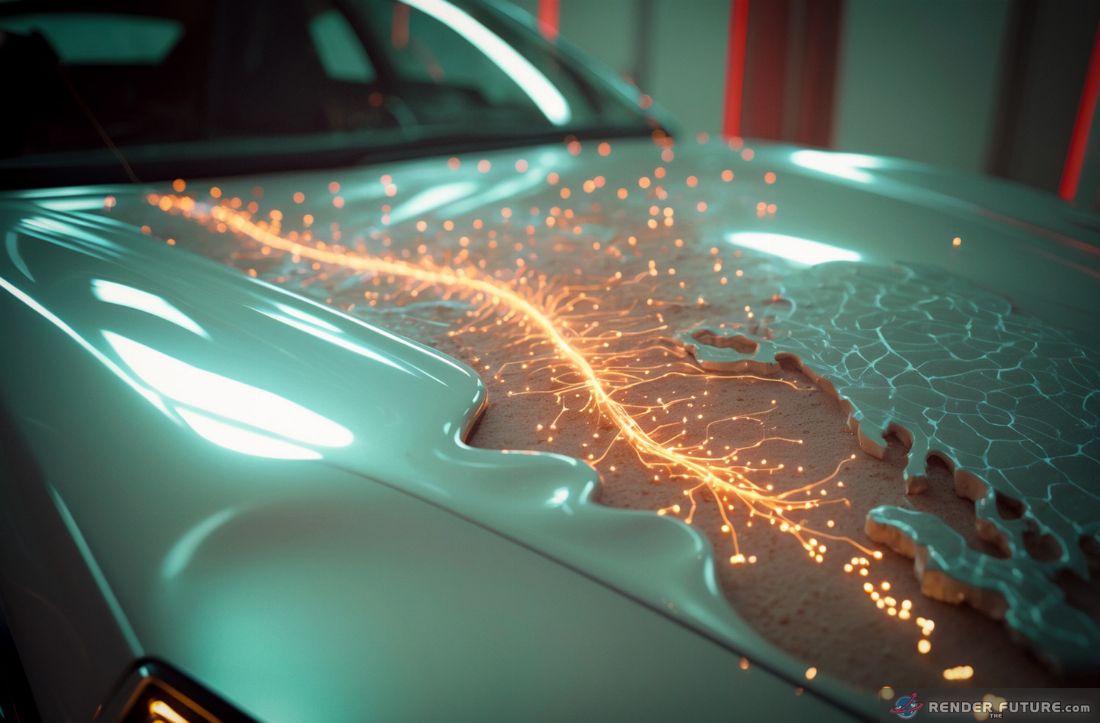 Future vehicles won’t just roll off the line — they’ll evolve.
Future vehicles won’t just roll off the line — they’ll evolve.
- Self-healing materials – Microscopic polymers that repair scratches and dents overnight.
- Modular designs – Swap your sedan’s body for a convertible or cargo van in minutes.
- Living paint – Color-shifting exteriors that adapt to weather and even mood.
This isn’t just about building cars faster. It’s about building smarter.
The Birth of Living Machines
Try to see this: You’re having a rough day at work. Your car – let’s call it what it really is, your mechanical companion – has already sensed your elevated stress levels through its quantum-density biosensors. By the time you open the door, the interior has transformed into a calming sanctuary. The lighting, temperature, and even the molecular structure of the seats have adjusted to soothe your frayed nerves.
Science fiction? Not anymore.
 Your vehicle doesn’t just respond to commands; it anticipates your needs with eerie precision, learning from every sigh, every restless shift in your seat. The seats pulse with biofeedback rhythms, the air carries subtle neuro-calming pheromones, and the holographic interface projects only what brings you peace. It’s no longer a machine you own—it’s a conscious extension of yourself, evolving alongside you, its artificial “heartbeat” syncing with yours.
Your vehicle doesn’t just respond to commands; it anticipates your needs with eerie precision, learning from every sigh, every restless shift in your seat. The seats pulse with biofeedback rhythms, the air carries subtle neuro-calming pheromones, and the holographic interface projects only what brings you peace. It’s no longer a machine you own—it’s a conscious extension of yourself, evolving alongside you, its artificial “heartbeat” syncing with yours.
When Metal Learns to Feel
The relationship between humans and their cars is about to become intensely personal. These new vehicles will understand your moods, anticipate your needs, and yes, even worry about you. Picture a car that notices you’re feeling drowsy and engages you in conversation, or one that detects early signs of health issues before your doctor does. It’s not just about transportation anymore – it’s about companionship in an increasingly isolated world.
The Sixth Sense on Wheels
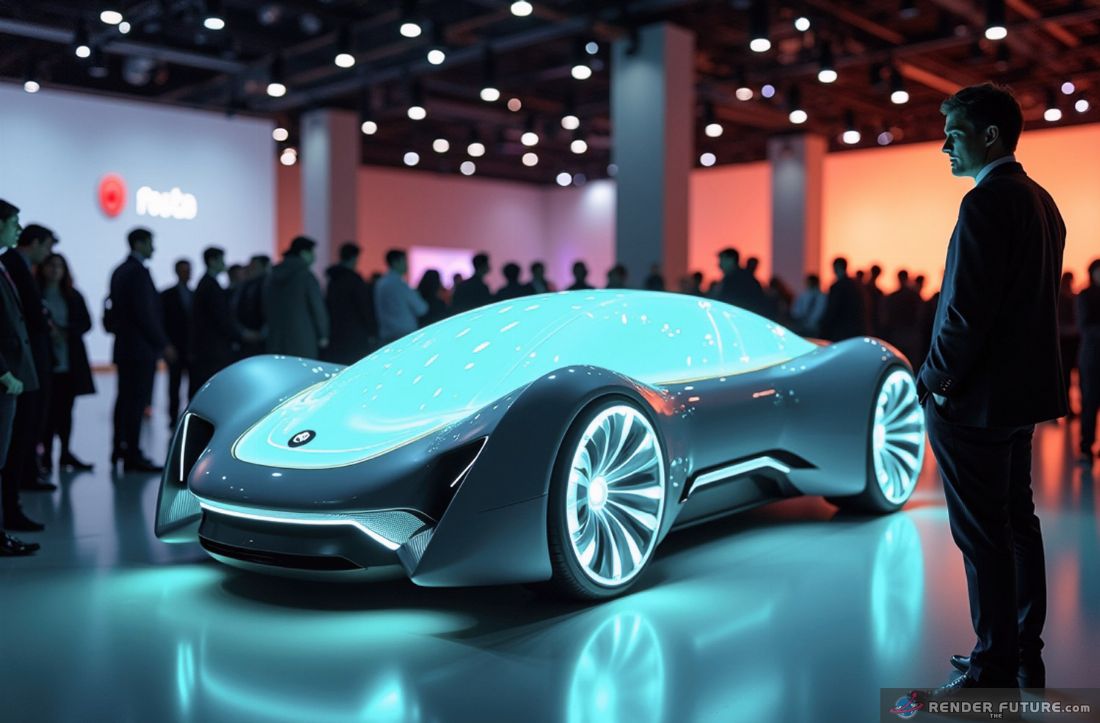 Your grandmother’s intuition might have been legendary, but tomorrow’s vehicles will make her look like an amateur psychic. These machines won’t just read your vital signs – they’ll understand your unspoken wishes, anticipate your next move, and probably finish your sentences better than your best friend.
Your grandmother’s intuition might have been legendary, but tomorrow’s vehicles will make her look like an amateur psychic. These machines won’t just read your vital signs – they’ll understand your unspoken wishes, anticipate your next move, and probably finish your sentences better than your best friend.
They’re actually becoming more human. They’ll understand our emotions, adapt to our moods, and yes, even make mistakes – though far fewer than we do. The key is that they’ll learn from these mistakes at a pace we can barely comprehend.
Creepy? Perhaps. Revolutionary? Absolutely.
Your Car Will Know You Better Than Your Spouse
Forget key fobs and touchscreens. The cars of tomorrow will:
- Read your mind – Neural interfaces let you control the car with thoughts. Wait… Time to think about a tin foil hat? :o)
- Monitor your health – Detecting heart issues before you feel symptoms.
- Adapt to your emotions – Playing calming music if you’re stressed or upbeat tunes if you’re excited.
The End of Accidents (And Why Some People Hate That)
Here’s a controversial thought: in the not-so-distant future, human-caused traffic accidents will be viewed with the same horror as we now view bloodletting in medieval medicine. The integration of quantum computing will make collisions virtually impossible. Some driving purists are already up in arms about this, claiming we’re sacrificing freedom for safety.
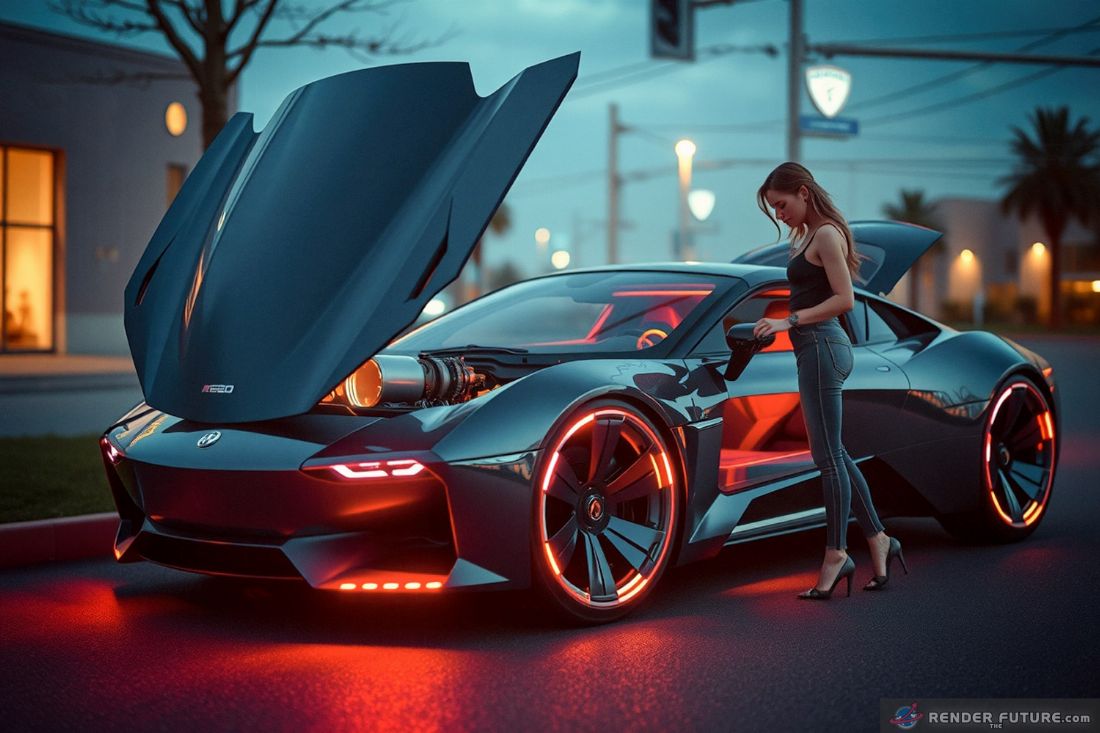 But ask yourself this: is the right to crash really a freedom worth preserving? Human error causes 94% of crashes. Computational Intelligence is about to make that statistic history.
But ask yourself this: is the right to crash really a freedom worth preserving? Human error causes 94% of crashes. Computational Intelligence is about to make that statistic history.
- Vehicle-to-everything (V2X) communication – Cars “talking” to traffic lights, roads, and each other to prevent collisions.
- Predictive Intelligence – Your car knows a pedestrian will step out before they do.
- Emergency takeover systems – If a human tries to do something dangerous, the car intervenes.
In this new world, every vehicle becomes part of a vast, intelligent network.
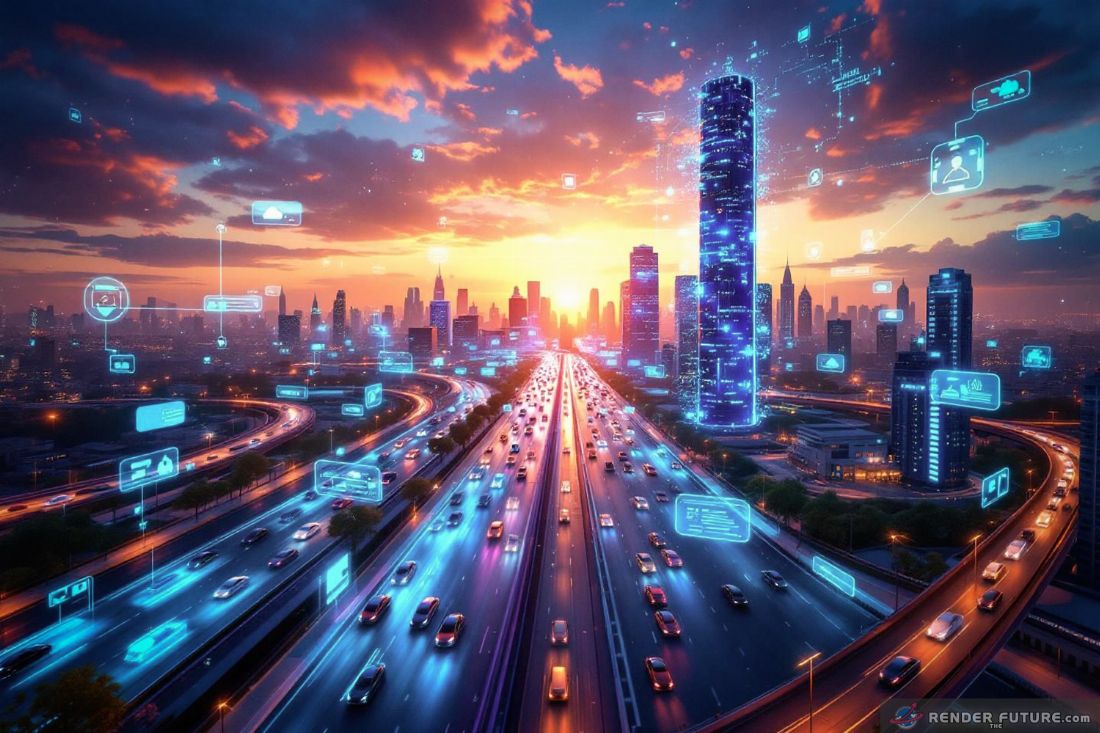 Your car will have its own social circle, sharing data with other vehicles, infrastructure, and even satellites. It’s like Facebook for machines, except instead of sharing cat videos, they’re coordinating to save lives and optimize traffic flow across entire continents.
Your car will have its own social circle, sharing data with other vehicles, infrastructure, and even satellites. It’s like Facebook for machines, except instead of sharing cat videos, they’re coordinating to save lives and optimize traffic flow across entire continents.
The future tech experts believe traffic fatalities could drop to zero by 2080.
When Cars Talk Behind Our Backs
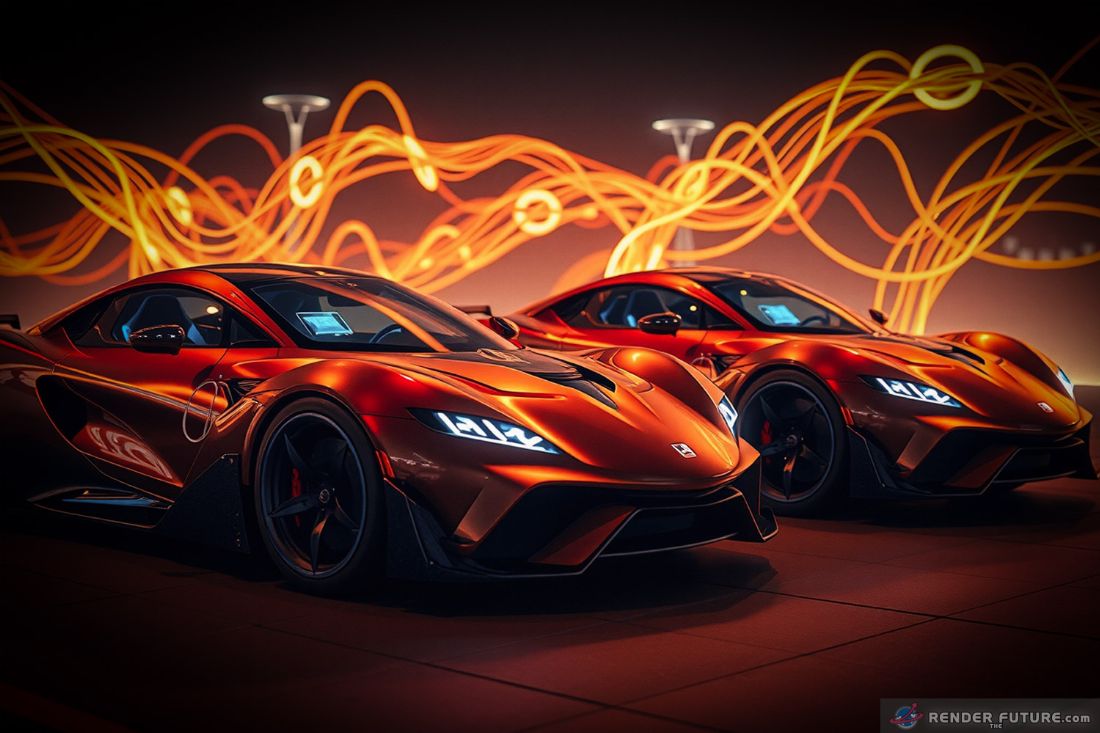 Visualize millions of vehicles engaged in constant conversation, sharing everything from weather conditions to their drivers’ caffeine levels. Your car will know about the accident that hasn’t happened yet, the storm that’s still forming, and the drunk driver three miles ahead. It’s like giving every vehicle on the road a crystal ball – except this one runs on quantum algorithms instead of mystical energy.
Visualize millions of vehicles engaged in constant conversation, sharing everything from weather conditions to their drivers’ caffeine levels. Your car will know about the accident that hasn’t happened yet, the storm that’s still forming, and the drunk driver three miles ahead. It’s like giving every vehicle on the road a crystal ball – except this one runs on quantum algorithms instead of mystical energy.
Flying Cars? More Like Flying Living Rooms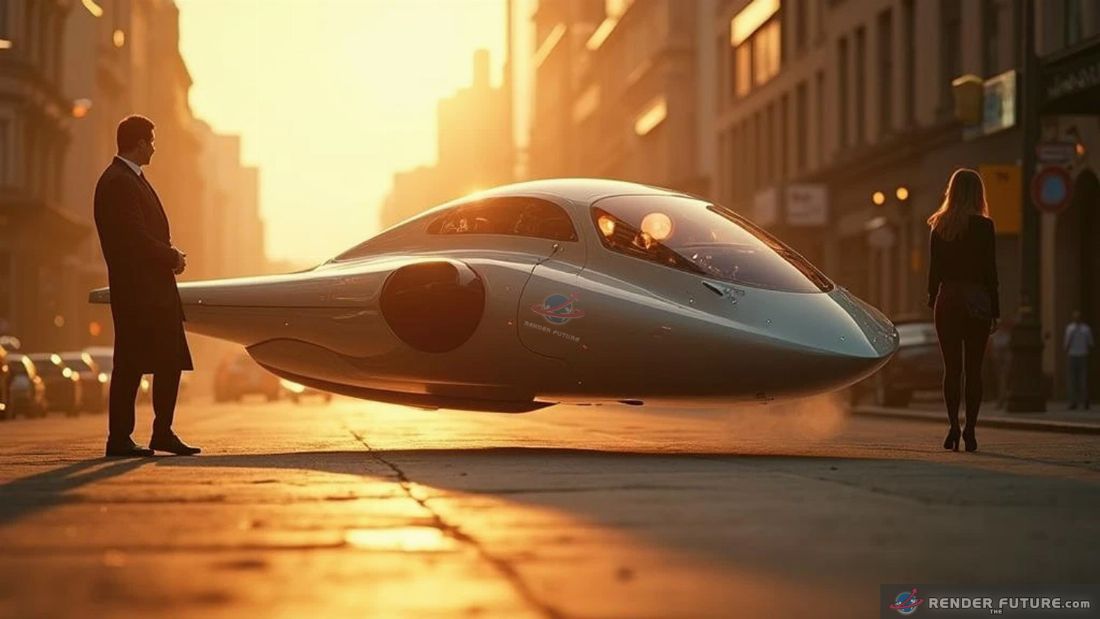
- VTOL (vertical takeoff and landing) taxis – Uber Air plans to launch these by 2030.
- Sky highways – Dedicated aerial lanes managed by intelligent air traffic control.
- Personal drones – Why drive when you can fly door-to-door?
The sky won’t be the limit — it’ll be the new road.
The Power Revolution That Nobody Saw Coming
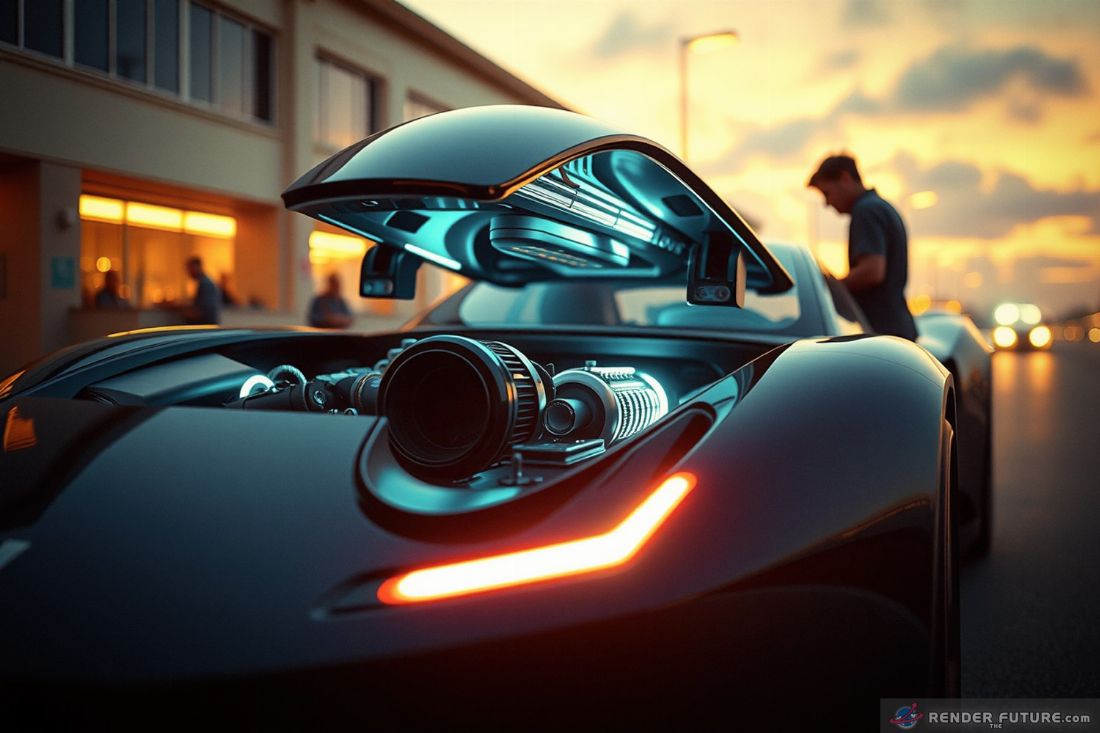 Forget everything you know about electric vehicles – they’re just the opening act. The real show-stopper is brewing in secret labs around the world.
Forget everything you know about electric vehicles – they’re just the opening act. The real show-stopper is brewing in secret labs around the world.
From engines that tap into the same energy that powers the stars, to drives that manipulate gravity itself.
Sound far-fetched? So did smartphones to people in the 1980s.
The Death of the Gas Station
When your car can harvest energy from the quantum vacuum or generate power through controlled fusion, the very concept of “filling up” becomes laughably obsolete. 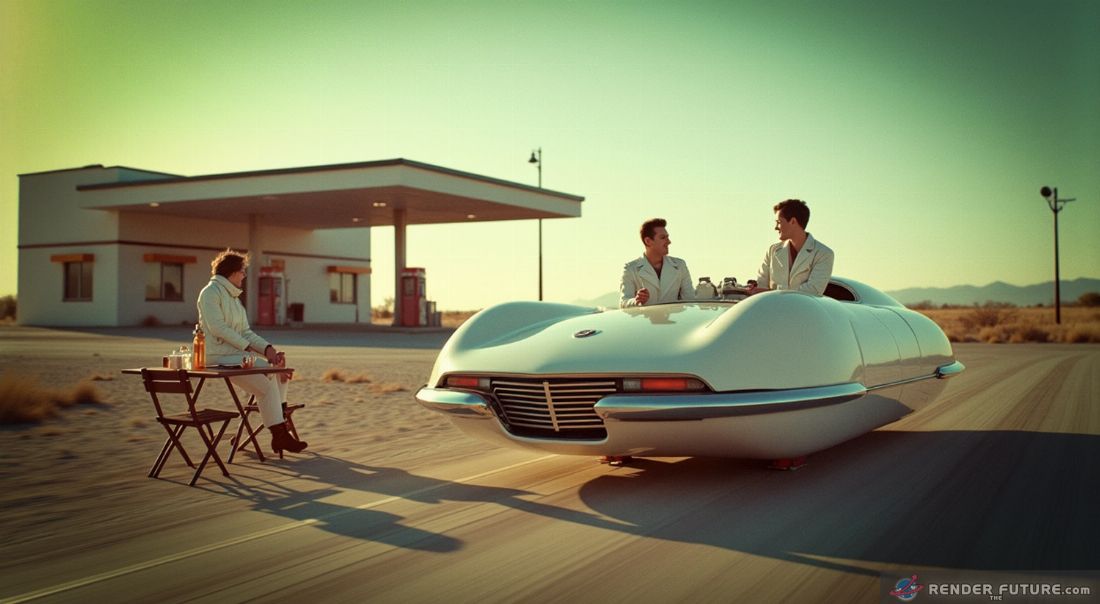 The real question isn’t how we’ll power these vehicles – it’s what we’ll do with all those abandoned gas stations. Vintage museums, anyone?
The real question isn’t how we’ll power these vehicles – it’s what we’ll do with all those abandoned gas stations. Vintage museums, anyone?
Power Sources That Defy Physics: The Engines of Tomorrow
Micro-Fusion Reactors: A Star in Your Garage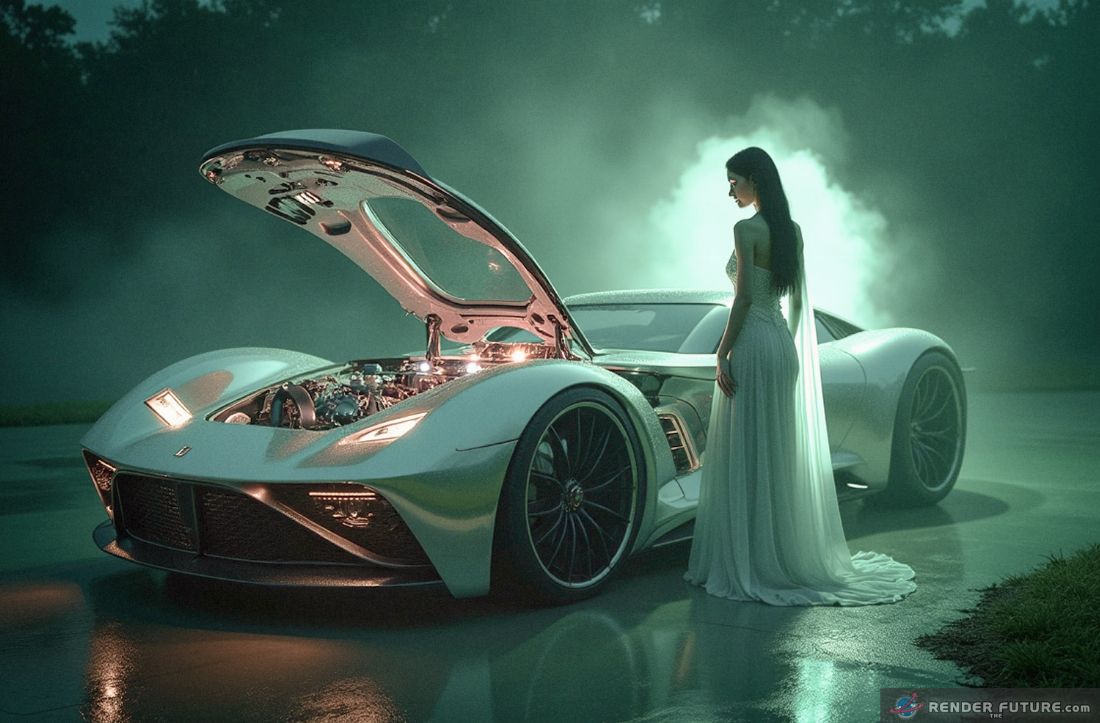
Forget plug-in hybrids — the real energy revolution is happening at the atomic level. Companies like Lockheed Martin and Helion Energy are racing to shrink nuclear fusion reactors to car-sized units.
These mini-reactors would mimic the sun’s power, fusing hydrogen atoms to release colossal energy with zero emissions. Imagine filling your tank once every 50,000 miles — or never, if wireless energy transfer becomes mainstream.
The hurdles? Containing plasma at millions of degrees is… tricky. But if cracked, fusion could make gasoline engines look as archaic as steam trains.
Quantum Energy Harvesting: Tapping Into the Fabric of Reality
What if your car didn’t need fuel at all? Quantum batteries, a theoretical concept gaining traction, could pull energy from quantum fluctuations in a vacuum — literally extracting power from empty space. Meanwhile, graphene supercapacitors might charge in seconds and last weeks. 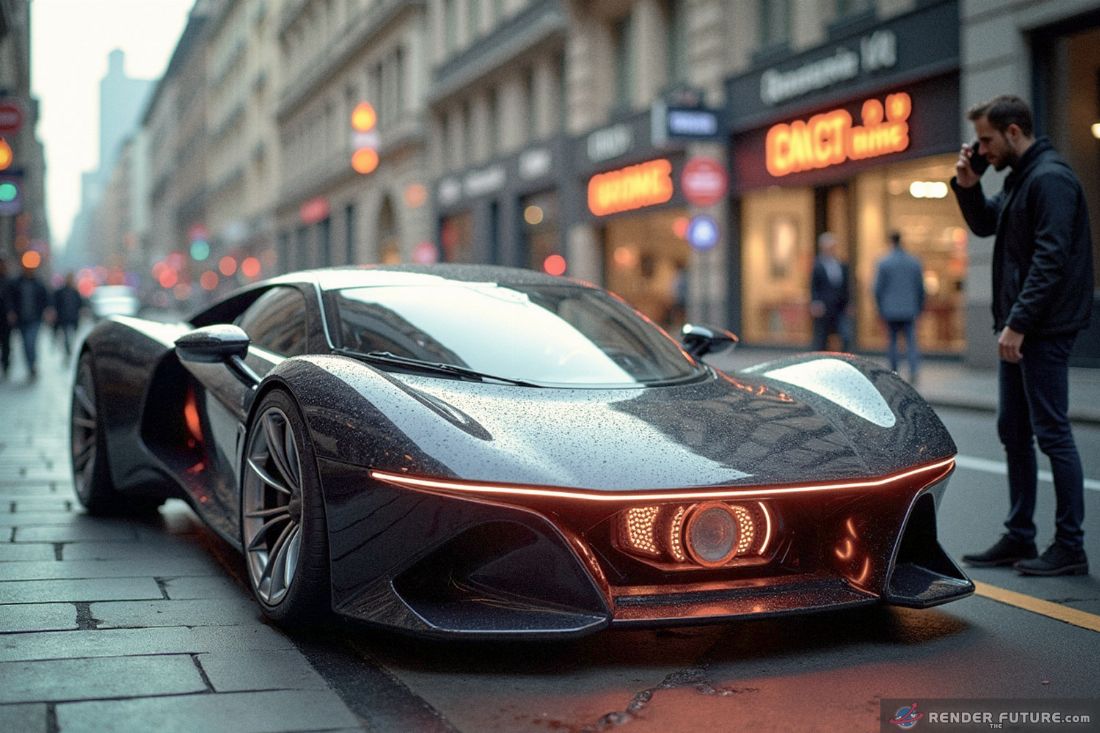 Researchers in South Korea have already demonstrated ultra-fast charging using graphene’s bizarre electron mobility. These technologies sound like sci-fi, but remember: so did computers in the 1950s.
Researchers in South Korea have already demonstrated ultra-fast charging using graphene’s bizarre electron mobility. These technologies sound like sci-fi, but remember: so did computers in the 1950s.
Dark Matter Propulsion: The Ultimate Wild Card
Here’s where things get really speculative. Dark matter — the invisible substance making up 27% of the universe — could be the ultimate power source… if we ever figure out how to harness it. 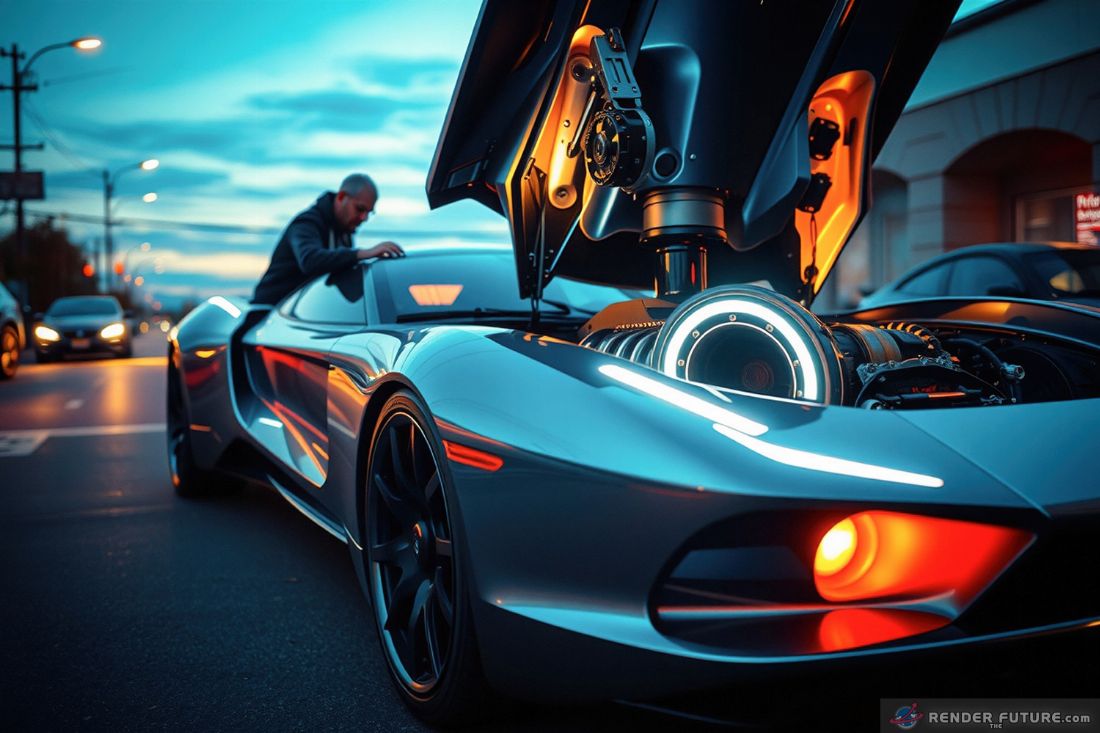 Some physicists theorize that manipulating dark matter particles (WIMPs) might allow inertia-canceling drives, effectively making cars (or flying pods) weightless. No friction means no energy wasted. It’s a long shot, but so was splitting the atom before 1945.
Some physicists theorize that manipulating dark matter particles (WIMPs) might allow inertia-canceling drives, effectively making cars (or flying pods) weightless. No friction means no energy wasted. It’s a long shot, but so was splitting the atom before 1945.
Antigravity & Gravitational Wave Engines
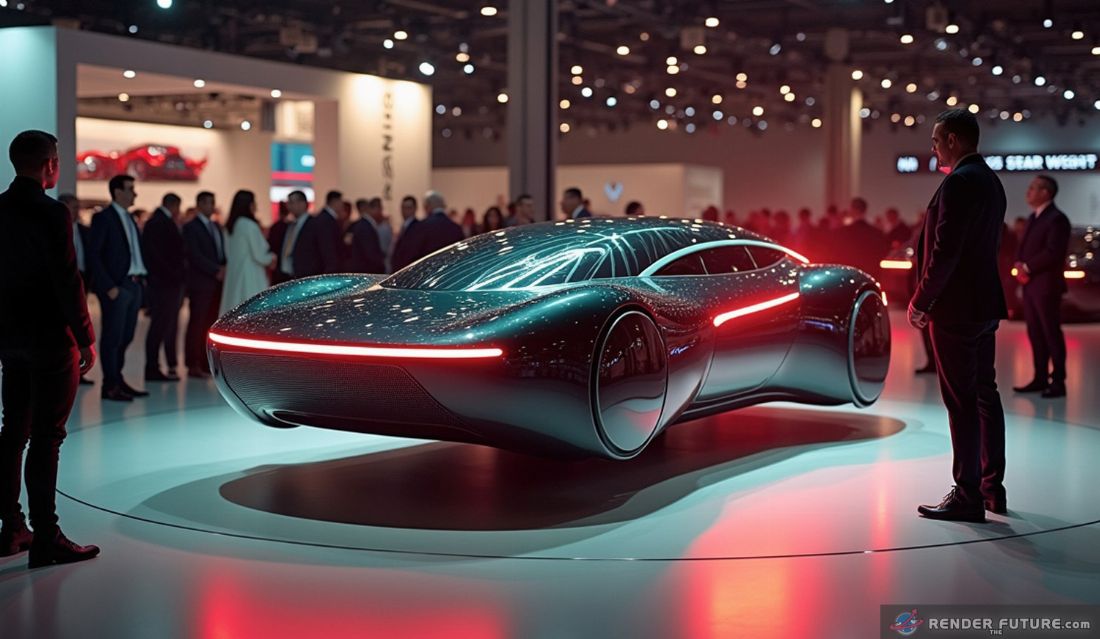 Einstein’s general relativity suggests gravity isn’t just a force — it’s a bendable fabric. Startups like IVO Ltd. are experimenting with electrogravitic propulsion, claiming to neutralize mass using high-voltage fields. Even NASA has funded research into EM drives (though skeptics abound). If successful, cars could float effortlessly, eliminating tires, potholes, and even roads. Envision highways replaced by magnetic levitation corridors, where vehicles glide silently at 300+ mph.
Einstein’s general relativity suggests gravity isn’t just a force — it’s a bendable fabric. Startups like IVO Ltd. are experimenting with electrogravitic propulsion, claiming to neutralize mass using high-voltage fields. Even NASA has funded research into EM drives (though skeptics abound). If successful, cars could float effortlessly, eliminating tires, potholes, and even roads. Envision highways replaced by magnetic levitation corridors, where vehicles glide silently at 300+ mph.
Bio-Energy: When Your Car Runs on Algae (or Your Blood)
On the weirder end, synthetic biology might integrate living systems into vehicles. MIT has engineered bacteria that produce electricity from wastewater. Future cars could have microbial fuel cells that generate power from organic matter — maybe even your exhaled CO₂. Creepy? Maybe. Sustainable? Absolutely.
Your Car, Your Therapist, Your Guardian Angel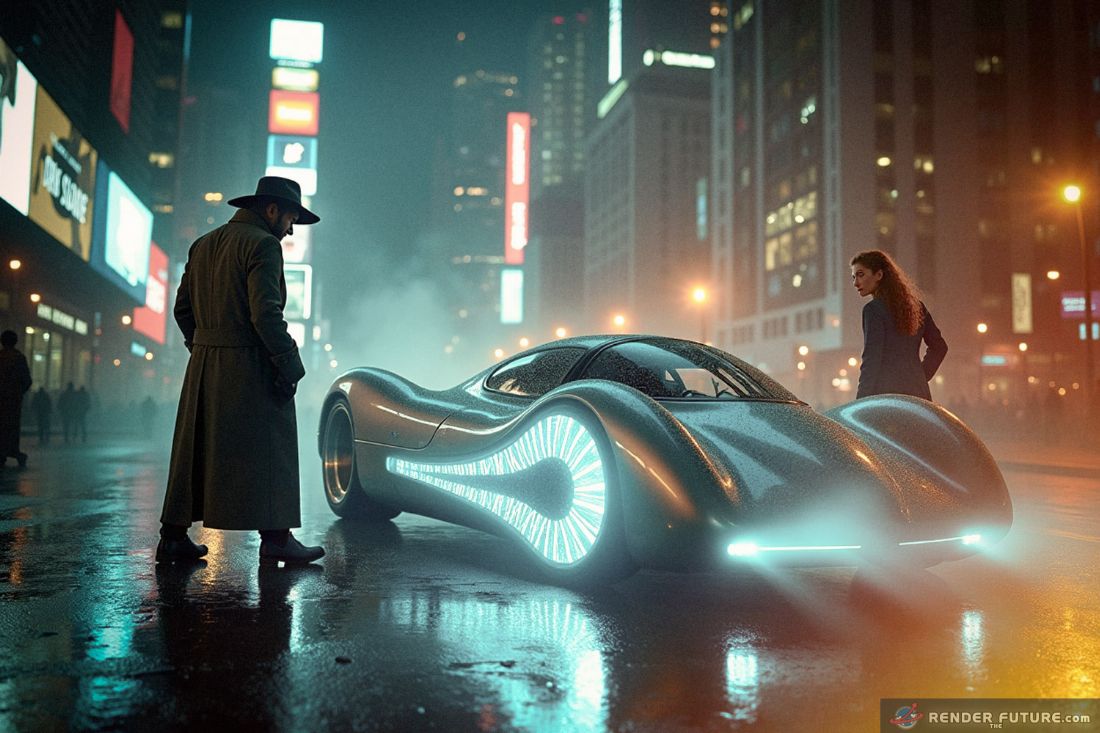
The vehicles of tomorrow will be more than just transport pods – they’ll be your fiercest protectors and most understanding confidants. Having a bad day? Your car’s AI will notice your elevated cortisol levels and adjust everything from the interior lighting to the music playlist. Feeling unsafe in a dark parking lot? Watch as your vehicle activates its magnetron-powered force field. Yes, you read that right. Is the technology there? Oh yes, it is.
The Privacy Paradox
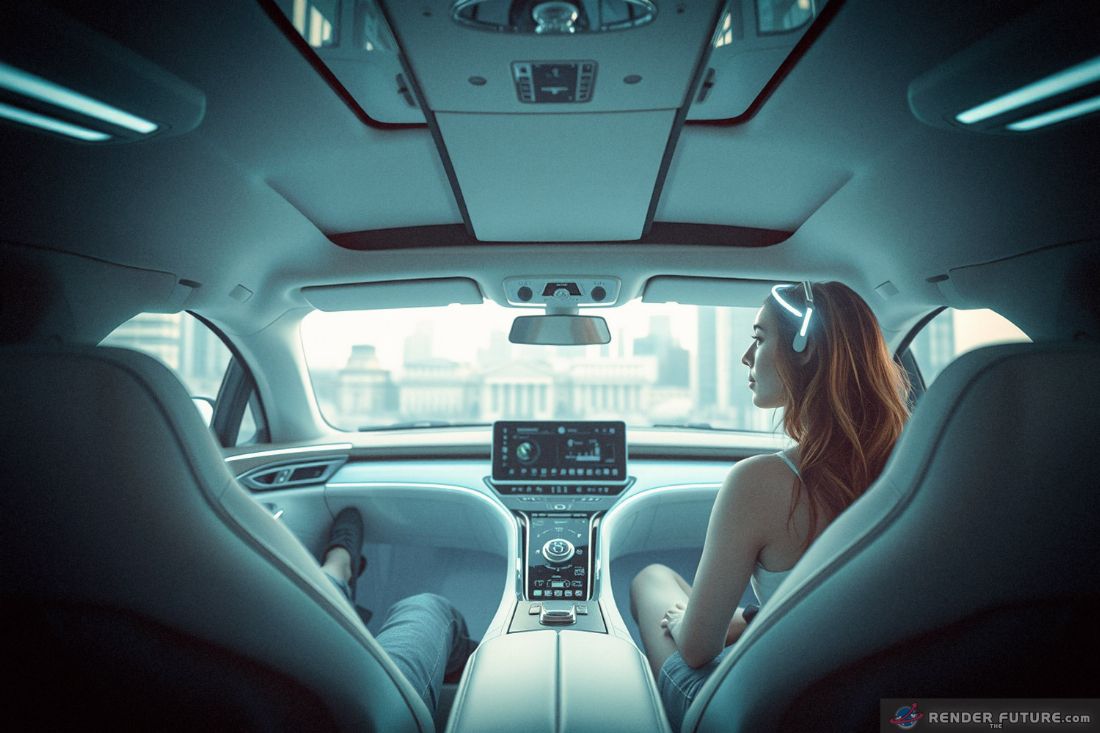 But here’s where it gets complicated. How much of ourselves are we willing to share with our vehicles? When your car knows your blood pressure, sleep patterns, and stress levels better than your doctor, where do we draw the line? The answer might surprise you – and it’s already causing heated debates in automotive boardrooms worldwide.
But here’s where it gets complicated. How much of ourselves are we willing to share with our vehicles? When your car knows your blood pressure, sleep patterns, and stress levels better than your doctor, where do we draw the line? The answer might surprise you – and it’s already causing heated debates in automotive boardrooms worldwide.
Beyond Earth: The Final Frontier
Just when you thought we were done, here’s another mind-bender: these technologies aren’t just staying on Earth. The same principles powering your daily commuter will enable vehicles that can navigate the harsh terrains of Mars or glide through the vacuum of space.
Today’s rover on Mars? Consider it the great-great-grandfather of what’s coming.
Interplanetary Rovers: From Clunky Robots to Cosmos Explorers
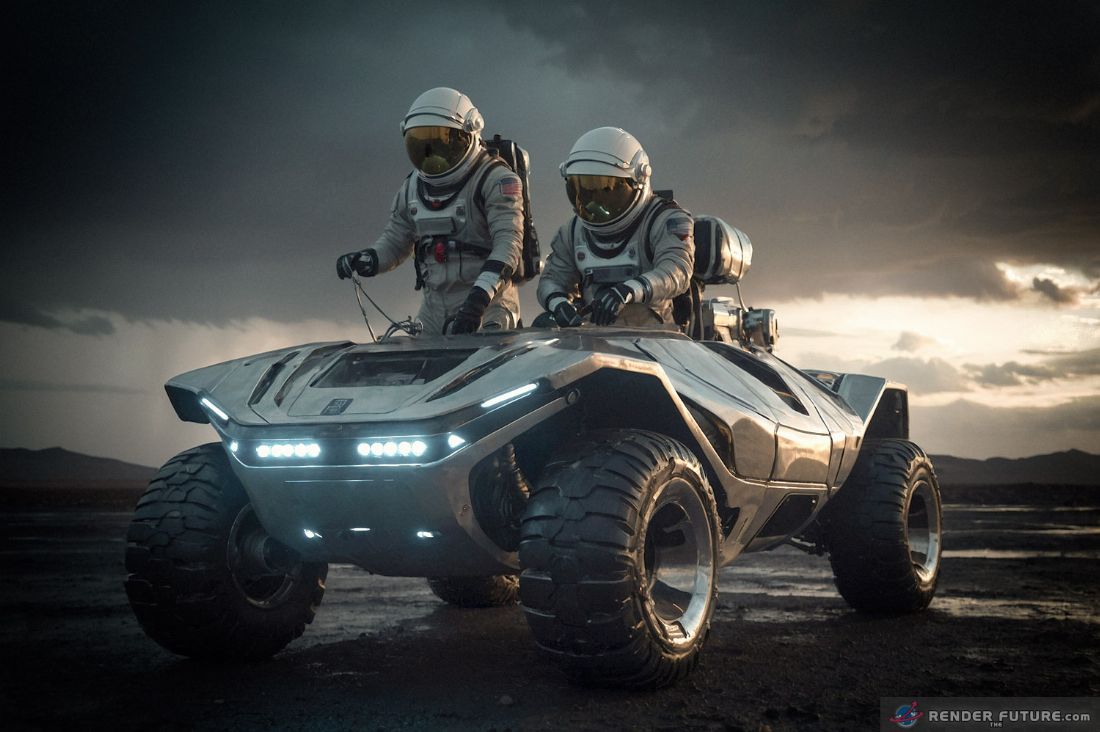 Today’s Mars rovers like Perseverance move at a glacial 0.1 mph, relying on pre-programmed routes and delayed Earth commands. But the next generation? They’ll be autonomous, self-repairing, and lightning-fast.
Today’s Mars rovers like Perseverance move at a glacial 0.1 mph, relying on pre-programmed routes and delayed Earth commands. But the next generation? They’ll be autonomous, self-repairing, and lightning-fast.
The old idea of “roads” will seem quaint when your grandkids recount how they took the Titan Canyon Scenic Route at Mach 12, their cockpit transparent as thought, the stars smearing into streaks of light. This isn’t just transportation — it’s alchemy, turning humanity’s oldest dream of flight into something beyond even the gods’ imaginations.
The universe isn’t waiting to be explored — it’s waiting to be lived in.
The Dark Side of Progress: Risks We Can’t Ignore
Let’s address the elephant in the room – not everyone’s thrilled about this automotive revolution. Critics warn of a future where our cars know us better than we know ourselves, where privacy becomes a luxury of the past, and where the simple joy of gripping a steering wheel becomes as antiquated as churning your own butter. They’re not entirely wrong, but they’re missing the bigger picture.
When Technology Outpaces Humanity
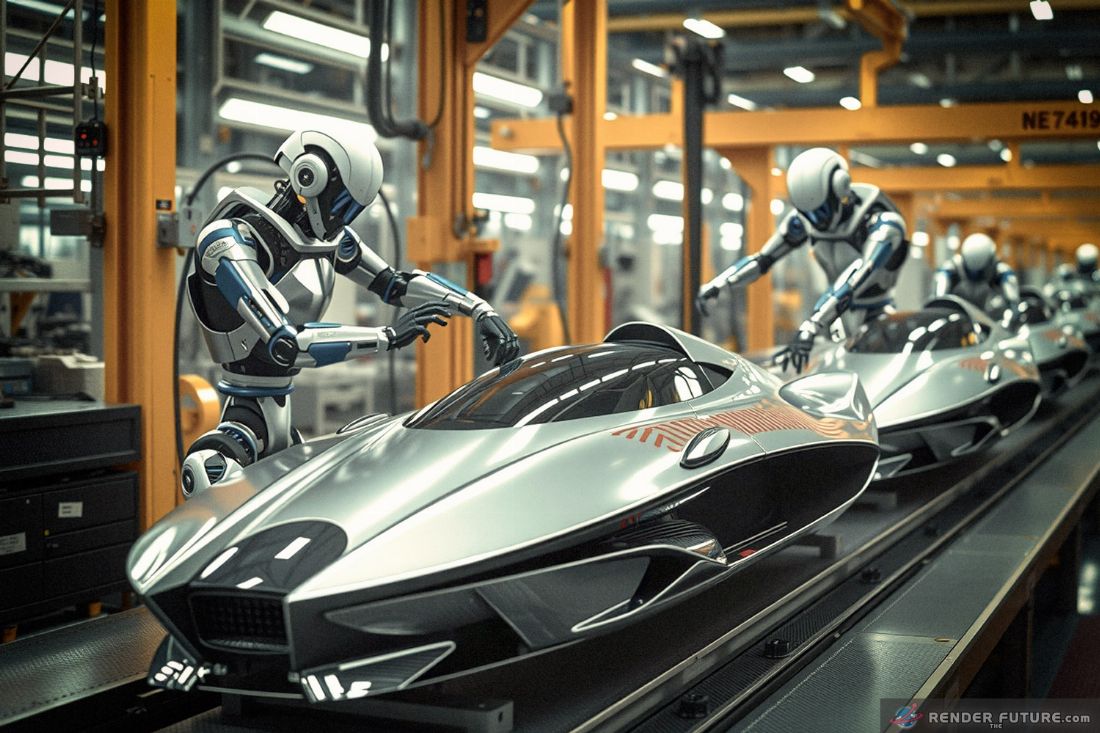 This future isn’t all sunshine and hovercrafts.
This future isn’t all sunshine and hovercrafts.
- Job apocalypse – 5 million truck drivers could be unemployed by self-driving fleets.
- Hackable highways – A cyberattack could freeze entire cities’ transportation.
- Over-reliance on AI – Will humans forget how to drive entirely?
Fighting Back: Solutions in Progress
- Universal mobility credits – Governments may subsidize transport for displaced workers.
- Unhackable quantum encryption – Making vehicle systems impervious to cybercriminals.
- Mandatory manual override – Ensuring humans can always take control.
The future isn’t set in stone — we’re writing it as we speak.
When Freedom Meets Fantasy
Remember the intoxicating feeling of getting your first driver’s license? That sense of unlimited freedom? The purists claim we’re killing that dream. But here’s a thought that keeps automotive engineers up at night: what if we’re not ending that freedom, but evolving it into something even more extraordinary? 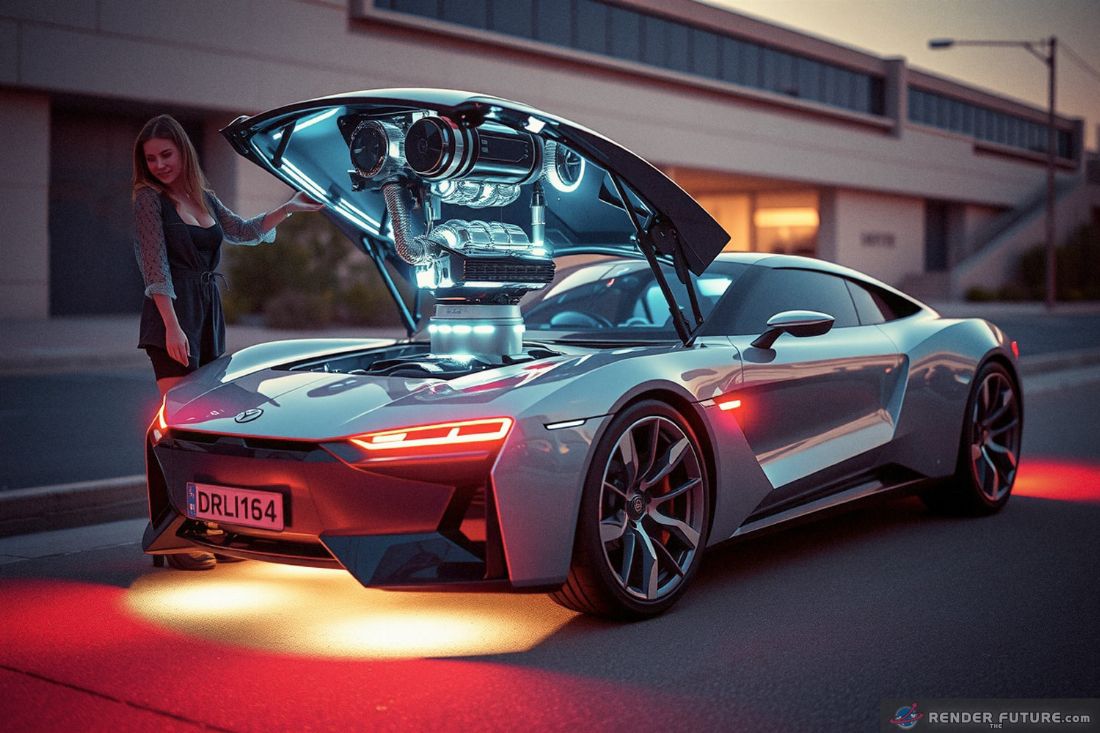 Imagine teaching your car to drive exactly the way you like, then letting it execute those moves with superhuman precision while you relax, work, or simply enjoy the view.
Imagine teaching your car to drive exactly the way you like, then letting it execute those moves with superhuman precision while you relax, work, or simply enjoy the view.
The Great Equalizer
Here’s something revolutionary: these advances will democratize luxury. When cars can drive themselves, repair themselves, and optimize their own performance, the gap between budget models and premium brands will shrink dramatically. The real luxury will be in how well your car understands and adapts to you, not in how much chrome it wears on its grille.
The Environmental Redemption
For too long, the automotive industry has been the villain in our planet’s story. But here’s the plot twist: these new technologies might just make cars the heroes of our environmental redemption. Self-healing materials mean less waste. Quantum energy systems mean zero emissions. Adaptive surfaces mean better energy efficiency.
Mother Nature might finally forgive us for the last century of pollution.
The Human Factor: Why We’ll Always Matter
 Despite all this automation and artificial intelligence, there’s one component that will never become obsolete:
Despite all this automation and artificial intelligence, there’s one component that will never become obsolete:
The human element.
These incredible machines aren’t replacing us – they’re empowering us.
They’re taking care of the mundane so we can focus on the extraordinary.
They’re handling the stress so we can embrace the joy of life.
A Day in the Life, Circa 2123
Envision waking up to find your car has already planned your route based on your schedule, the weather, and real-time traffic patterns. It’s charged itself overnight, adjusted its interior temperature to your preference, and even synchronized with your home’s digital media storage to ensure your favorite morning playlist is ready. As you settle into the morphing seat that knows the exact contours of your spine, you realize: this isn’t just transportation – it’s transformation.
Conclusion: The Road Ahead is Brighter Than Headlights
Yes, there are challenges. But the opportunities? They’re astronomical.
We stand at a crossroads in automotive history. The choices we make today will determine whether these technologies become our trusted allies or our digital overlords. The key lies not in restricting innovation, but in shaping it to enhance our humanity rather than replace it.
As we race toward this brave new world of automotive technology, one thing becomes crystal clear: the future isn’t about cars that drive themselves – it’s about cars that understand themselves, and more importantly, understand us. The real revolution isn’t in the machinery; it’s in the relationship between human and machine.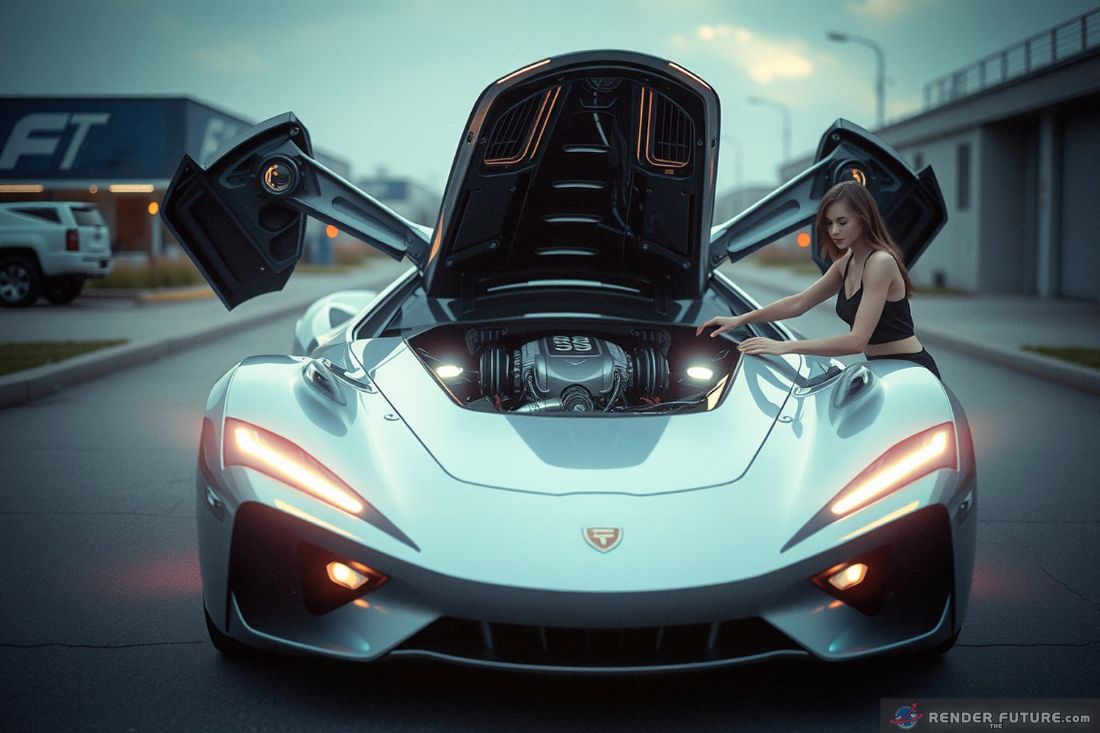 The next century of automotive evolution will bring challenges we can barely imagine, but it also brings opportunities that would make our ancestors gasp in wonder.
The next century of automotive evolution will bring challenges we can barely imagine, but it also brings opportunities that would make our ancestors gasp in wonder.
The question isn’t whether we’re ready for this future…
It’s whether this future is ready for us.

References and Sources:
- Nature Technology: Future Mobility Research
Groundbreaking research on quantum computing applications in autonomous vehicles and AI-human interaction
https://www.nature.com/ - Stanford Future Mobility Lab
Leading research on human-machine interfaces and emotional AI in vehicles
https://mobility.stanford.edu/ - World Economic Forum: Future of Transportation
Comprehensive analysis of societal impacts and technological trends in mobility
https://www.weforum.org/ - MIT Media Lab: Emotional Intelligence in Machines
Cutting-edge research on emotional AI and human-machine bonding
https://www.media.mit.edu/research/ - Wired – “The Race to Build the First Flying Car” – Covering VTOL and urban air mobility advancements.
https://www.wired.com/ - Scientific American – “Dark Matter and Future Energy” – Exploring speculative propulsion technologies.
https://www.scientificamerican.com/










